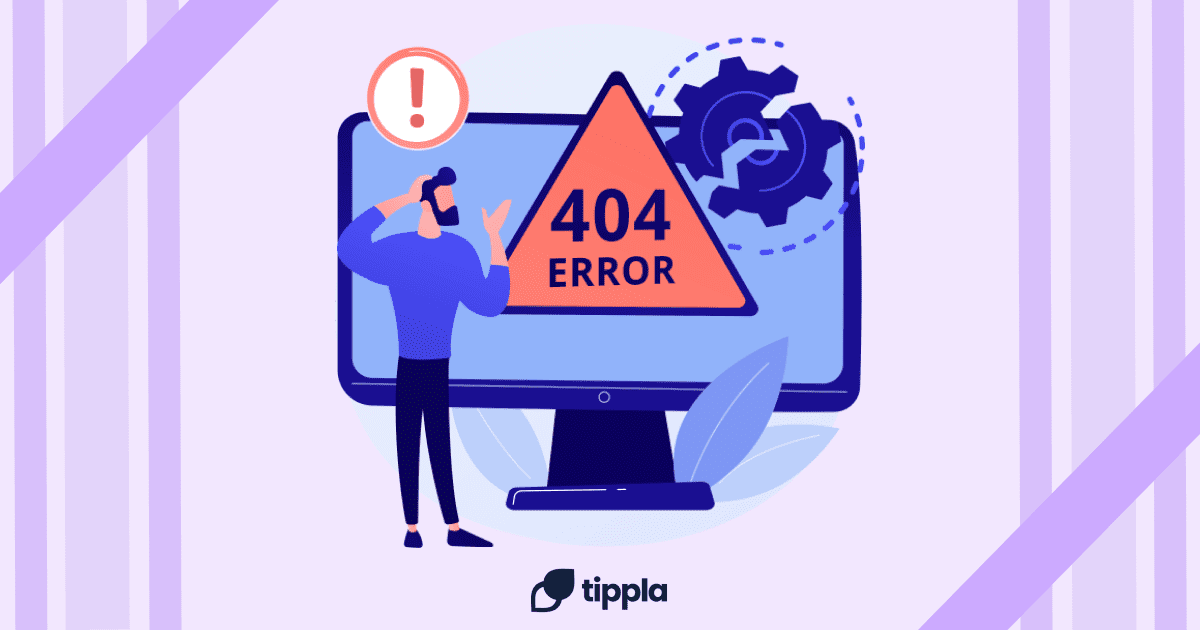Published in July 28, 2021
What does car insurance cover?

Car insurance companies provide you with multiple coverage options that provide different types of protection.
The concept of car insurance is your protection from financial risks. Those risks are taken into account when injuring someone or damaging your car. Other factors that are also covered by certain policies include at-fault accidents, natural disasters, or even theft and vandalism. With certain coverages, you would be covered from situations where you’d be liable to pay large bills and expenses. Additionally, insurance may also cover third party damage or other passengers in your car.
In Australia, you have the option between choosing comprehensive, third party property damage, compulsory third party insurance, or third party fire and theft coverage. However, you will need some sort of car insurance covering your car so you could drive it legally in all states.
Read more on how much car insurance may cost you.
The best way to describe car insurance is the coverage of your liability. As mentioned before, depending on your policy, you’ll receive a certain amount of cover. For example, comprehensive insurance covers the costs of theft, vandalism, collision, and certain expenses.
Types of car insurance explained
As mentioned before, car insurance policies are made up of different coverage factors. Several coverage components provide different types of liability protection. When you first purchase insurance, you’ll be required to choose what coverage you want on your car. The higher the coverage is, the more costly your premium will be.
Here are some different coverage types and what they do:
– Compulsory third party (CTP) insurance. Covers you if another person was injured in an accident.
– Third-party property damage. Covers you if the damage is done to someone else’s property
– Third-party fire and theft. Covers your car if stolen or damaged by fire or thieves.
– Comprehensive car insurance. Covers the most, and is usually the most expensive type.
Does car insurance cover damage or injury you cause to other drivers?
Due to every state in Australia requires you to have some sort of car insurance cover, the extent of your coverage depends on your policy. Damage or injury caused to other drivers is covered by compulsory third party insurance, third party property damage and comprehensive car insurance. Medical bills can be costly, which is why most people tend to have comprehensive coverage. You might not realise how much damage your car can do to someone else’s property, which is why it’s the safest option to be covered by a comprehensive policy.
Does car insurance cover injuries to yourself and other passengers?
Most insurance policies protect you and passengers in your car when injured. Costs covered could include medical bills and other repair costs. However, it’s difficult to list specific coverages as different providers would have different policies and offers.
If your car insurance covers medical expenses, that would most likely include surgeries, X-rays and other bills. Some medication may also be covered by your insurance, however, it’s best to go over your policy to be sure.
Moneysmart can help you get the right car insurance.
Does car insurance cover theft or damage to your car?
Almost all types of car insurance protect your car from theft and damage. That includes the repair costs if damaged, and rebating your car’s market value if stolen. However, note that some coverage types may differ from another depending on whether you’re in the car at the time. Some providers may not cover the car if you’re not physically driving the car when damage is done. It’s best to go over your policy in detail to understand what’s covered. Comprehensive insurance will cover damage done to your car, whether it was being driven or not. That also includes out of control events such as extreme weather conditions, vandalism or falling objects.
Does car insurance coverage apply when your car is worth less than owed if it was stolen or written off?
Although your car insurance pays out your car if it’s written off after an accident, your provider will most likely deduct the amount the car depreciated. This means your car insurance provider will pay you the actual cash value of the car rather than its market value.
If you loan a car, you could owe more money than the car’s worth. Therefore, the actual cash value may not be enough to make the payments owed. That’s when gap insurance pays out what’s left from the amount owed on the loan and the car’s actual cash value.
Does car insurance cover you if hit by an uninsured driver?
You do have the option to purchase additional coverage that protects you from the risk of other parties not having enough insurance or coverage. If you get in an accident with the other party being at fault, they must cover all the costs. That’s why insurance can play a major role. You also don’t need to be driving the car at the time of the incident for insurance to protect you.
What does car insurance not cover?
When purchasing your car insurance, your coverage will be thoroughly detailed on your policy. The policy will provide what’s covered and what isn’t. The following is not covered by car insurance:
– Regular services/ maintenance. Repairs for regular wear and tear or your car’s yearly service.
– Other people who drive the car. This factor is tricky. If you have third party coverage, other people may drive your car, however, if you don’t have that additional coverage, you won’t be covered.
– Ridesharing. Depending on your policy, some providers may not cover the cost of damage if the vehicle was being driven for fares.
– Damage that exceeds your limits. This is when your insurance covers the maximum coverage, and you’re required to pay the deductible.
While we at Tippla will always do our best to provide you with the information you need to financially thrive, it’s important to note that we’re not debt counsellors, nor do we provide financial advice. Be sure to speak to your financial services professional before making any decisions.
Related articles

9 Essentials To Have For Every Start-Up Business In Australia
11/07/2024
There’s no two ways about it: starting a new...

How to Fix Mistakes on Your Credit Report
22/10/2021
If you have mistakes on your credit report, it...

Does renters insurance cover power surge damage
29/07/2021
Covering power surge damage Insurance providers either reimburse or...

Process of Personal Loans: How they work
28/07/2021
The process of personal loans and how they work...
Subscribe to our newsletter
Stay up to date with Tippla's financial blog